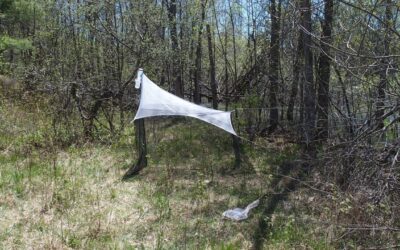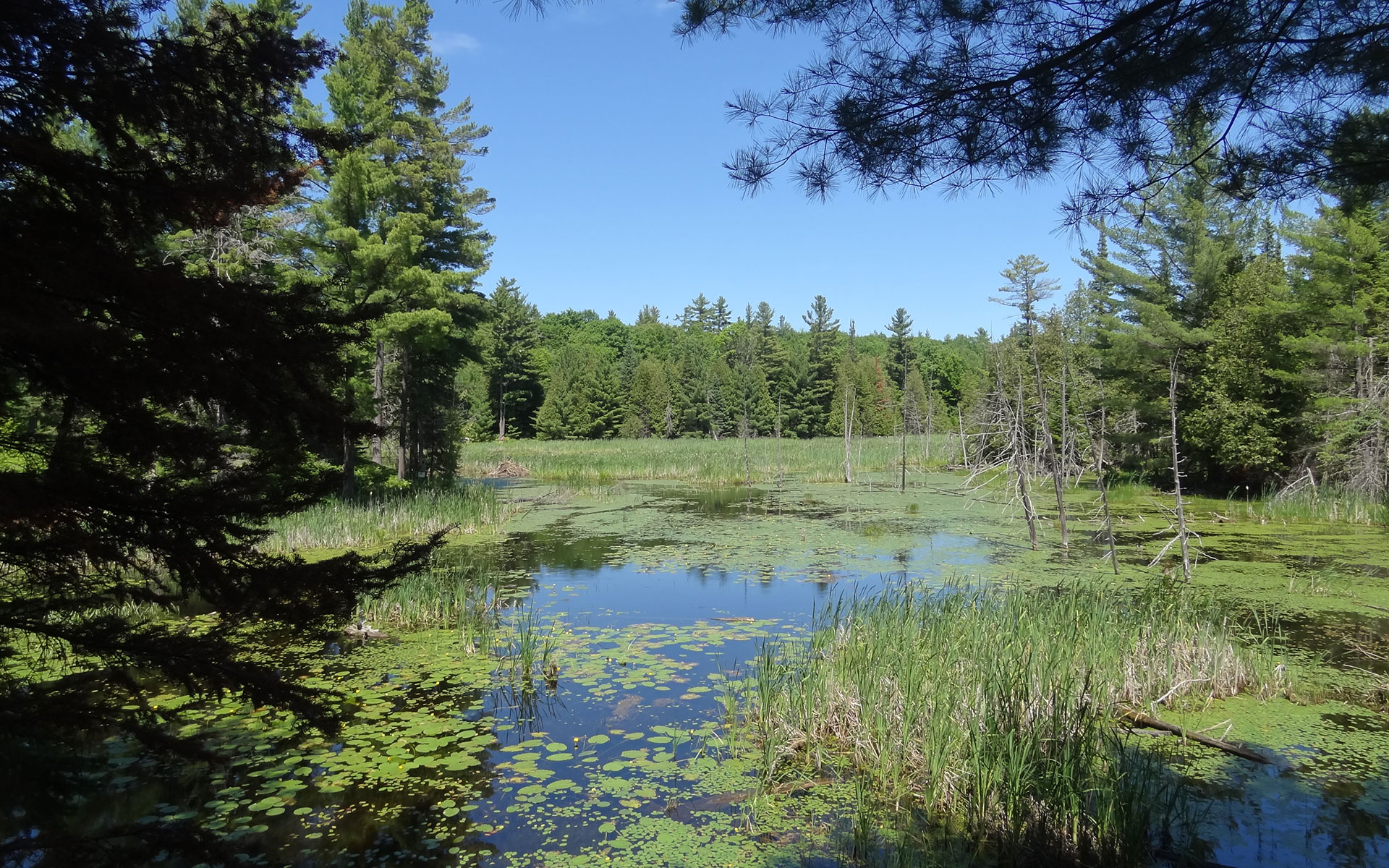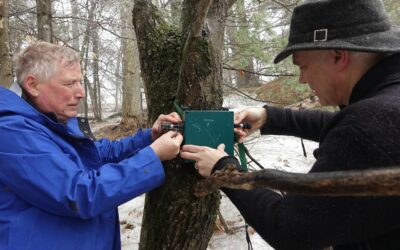Field Studies
Our quality of life depends on our knowledge of the natural world and how best to take care of it. In addition to acquiring and protecting special places, MMLT encourages field studies leading to an understanding of how best to actively protect, manage, restore and enhance each property’s natural features. Volunteers give their time and energy to conduct research, take inventories and monitor species thereby gaining a better understanding of the effectiveness of MMLT stewardship activities. By tracking various species over time, including species at risk and invasive species, we can gain some understanding of the impact of climate change, habitat loss and other human disturbances.
Interested research parties may contact MMLT to propose research and secure documented permission to proceed. Copies of publications, posters and other products of the research project must be provided to MMLT in a timely manner upon completion of the project. Researchers must ensure their study does not negatively impact the ecological health of the resource. The locations of provincially-listed rare, threatened or endangered species must not be disclosed.
High Lonesome Nature Reserve Insect Collection by Rob Longair. Summer 2020
High Lonesome Nature Reserve Insect Collection - Summer 2020 If you don’t know what’s there, how can you know when it changes? That is the goal of the insect monitoring project at High Lonesome...
High Lonesome Fish Study by Callum Ramsay, student at Sir Sanford Fleming College. Summer 2020
Fish were only found in the beaver pond: “ I found that the first trap location near the beaver dam had around fifty fish inside it of only two species. There was a large amount of Northern Red...
Bio-Acoustic Monitoring Program by Simon Lunn and Chad Clifford. Ongoing since 2014
Part of the stewardship responsibilities of a land trust is to know what plants, animals and many other features are found on each property, and keep track of them and their welfare over time. How...



